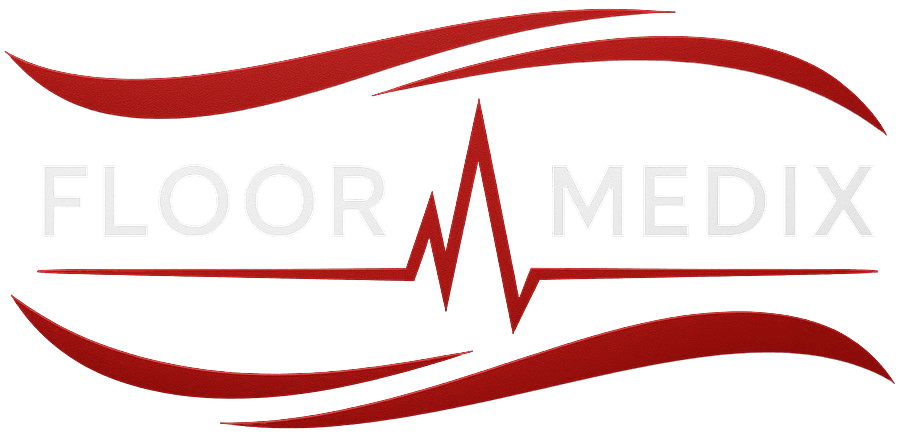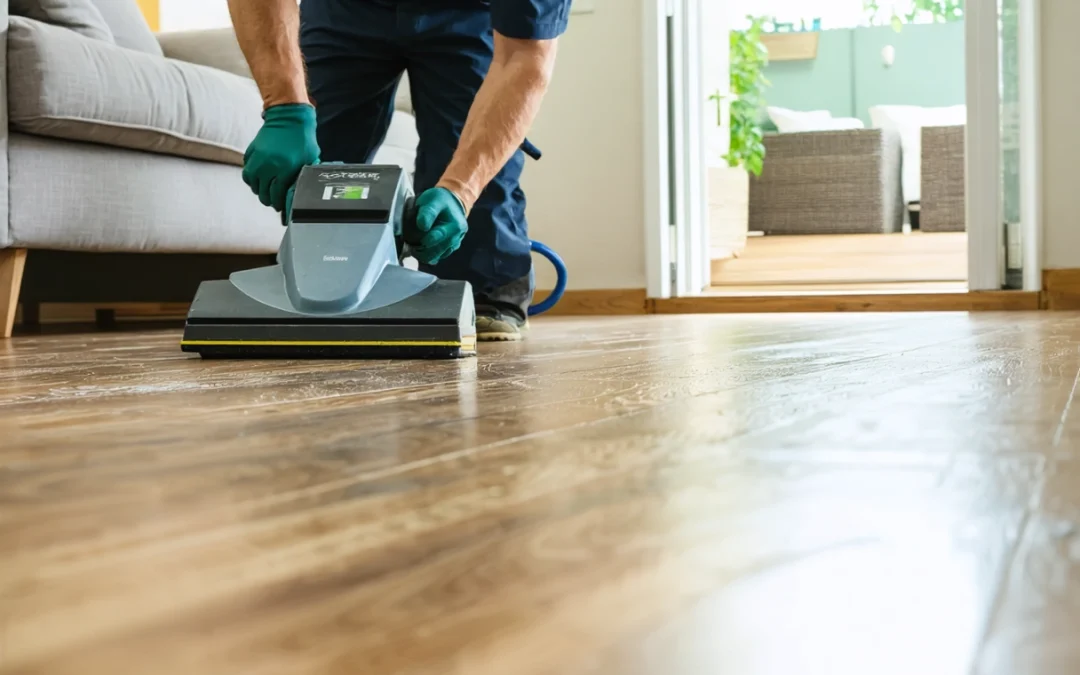The Benefits of Regular Floor Restoration for Maintaining Property Value
Investing in real estate is not just about location and aesthetics; it’s also about ongoing maintenance, especially when it comes to flooring. Floors are among the most heavily used and noticeable parts of any property, whether residential, commercial, or industrial. Over time, wear and tear is inevitable, and neglecting the condition of your floors can significantly impact the value and appeal of your property. Regular floor restoration offers a range of benefits that extend far beyond mere appearance. In this comprehensive guide, we’ll explore how systematic floor restoration can help you maintain, and even increase, property value, while also improving safety, sustainability, and overall user experience.
From hardwood and tile to concrete and specialty materials, every flooring type has unique requirements. By understanding and implementing a proactive restoration strategy, property owners can keep their investments in prime condition for years to come. Let’s delve into why floor restoration should be an essential component of your property maintenance plan.
Understanding Floor Restoration: What Does It Involve?
Floor restoration goes beyond simple cleaning. It encompasses a series of processes designed to return flooring to its original or near-original condition. Depending on the floor type, this may include deep cleaning, sanding, polishing, resealing, repairing cracks or chips, and refinishing surfaces. For wood floors, restoration might involve sanding and refinishing hardwood to remove scratches and renew the finish. For tile or stone, it could mean professional cleaning, regrouting, and sealing.
Regular restoration ensures that damage is identified and addressed early, preventing minor issues from developing into costly repairs. The process also revitalizes the look and feel of the floor, enhancing the overall ambiance of the property. By keeping floors in top shape, property owners can secure both immediate and long-term benefits.
Enhancing Aesthetic Appeal and First Impressions
The condition of flooring plays a crucial role in shaping a property’s visual appeal. Worn, stained, or damaged floors can make even the most beautiful spaces look neglected. On the other hand, restored and well-maintained floors create a sense of cleanliness, professionalism, and care. This is particularly relevant for businesses, where first impressions can influence client perceptions and brand reputation.
For homeowners, gleaming floors can make living spaces more inviting and enjoyable. This is especially important when placing a property on the market. Prospective buyers are quick to notice the state of the floors, and pristine surfaces can set a positive tone for the entire home. In fact, many real estate professionals note that updated and well-kept flooring is a key factor in achieving higher sale prices and faster transactions.
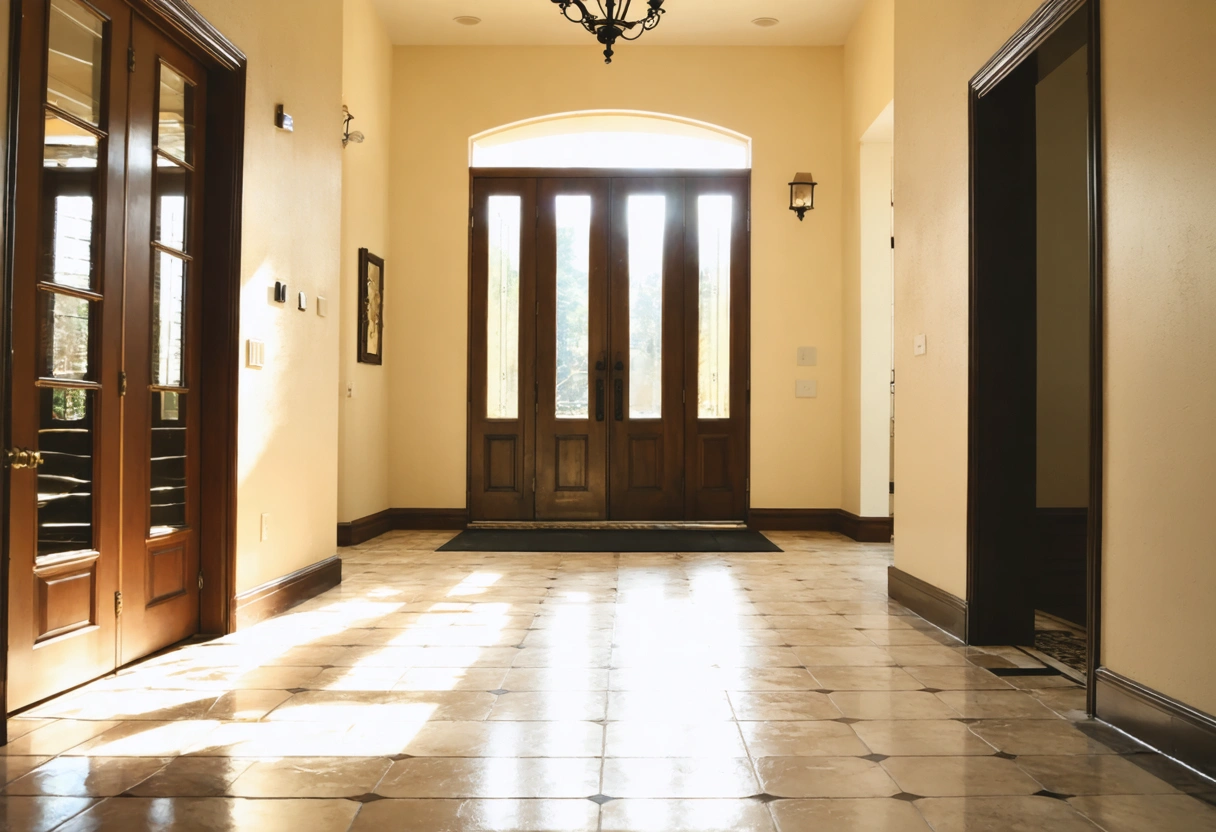
According to data from the National Association of Realtors, refinishing hardwood floors consistently ranks among the top home improvement projects for increasing property value and appeal. Investing in restoration is a cost-effective way to make spaces stand out in competitive markets.
Protecting Structural Integrity and Longevity
Floors are subject to relentless foot traffic, furniture movement, spills, and environmental changes. Over time, these factors can lead to scratches, dents, cracks, warping, or even subsurface damage. Ignoring these issues can result in more extensive and expensive problems, including the need for complete floor replacement.
Regular restoration acts as a preventative measure, addressing minor defects before they escalate. For instance, sealing and refinishing wooden floors helps shield them from moisture, stains, and surface damage. Similarly, maintaining grout and tile prevents water infiltration, which can compromise subflooring and structural stability.
By extending the lifespan of flooring materials, restoration reduces the frequency and cost of major renovations. This not only preserves property value but also minimizes disruptions to daily life or business operations. In the long run, systematic maintenance is far more economical than reactive repairs.
Case Study: Commercial Properties
Commercial spaces, such as offices, retail stores, and hospitality venues, endure particularly high foot traffic. In these environments, neglected floors can quickly become safety hazards and detract from the customer experience. Many successful business owners schedule routine restoration as part of their facility management plans, ensuring that floors remain safe, attractive, and compliant with regulations.
For example, a hotel lobby with polished marble floors not only impresses guests but also withstands the rigors of daily use with minimal degradation. Routine care, including professional cleaning and periodic restoration, preserves both the functionality and value of the property.
Improving Safety and Minimizing Liability
Floor restoration is not solely about aesthetics; it is also fundamental to safety. Damaged or uneven floors can present trip hazards, especially in public spaces or areas frequented by children and the elderly. Loose tiles, splintered wood, or slick surfaces increase the risk of accidents, which can lead to costly liability claims and insurance issues.
Through restoration, property owners can identify and rectify potential safety concerns. For example, reapplying non-slip finishes or repairing cracks and holes helps create a safer environment for occupants and visitors. This is especially vital in commercial and community spaces where adherence to safety standards is legally mandated.
The Centers for Disease Control and Prevention has highlighted the importance of slip, trip, and fall prevention in reducing injuries in homes and businesses. Regular floor restoration, including the use of appropriate protective coatings and slip-resistant treatments, is a critical component in minimizing these risks.
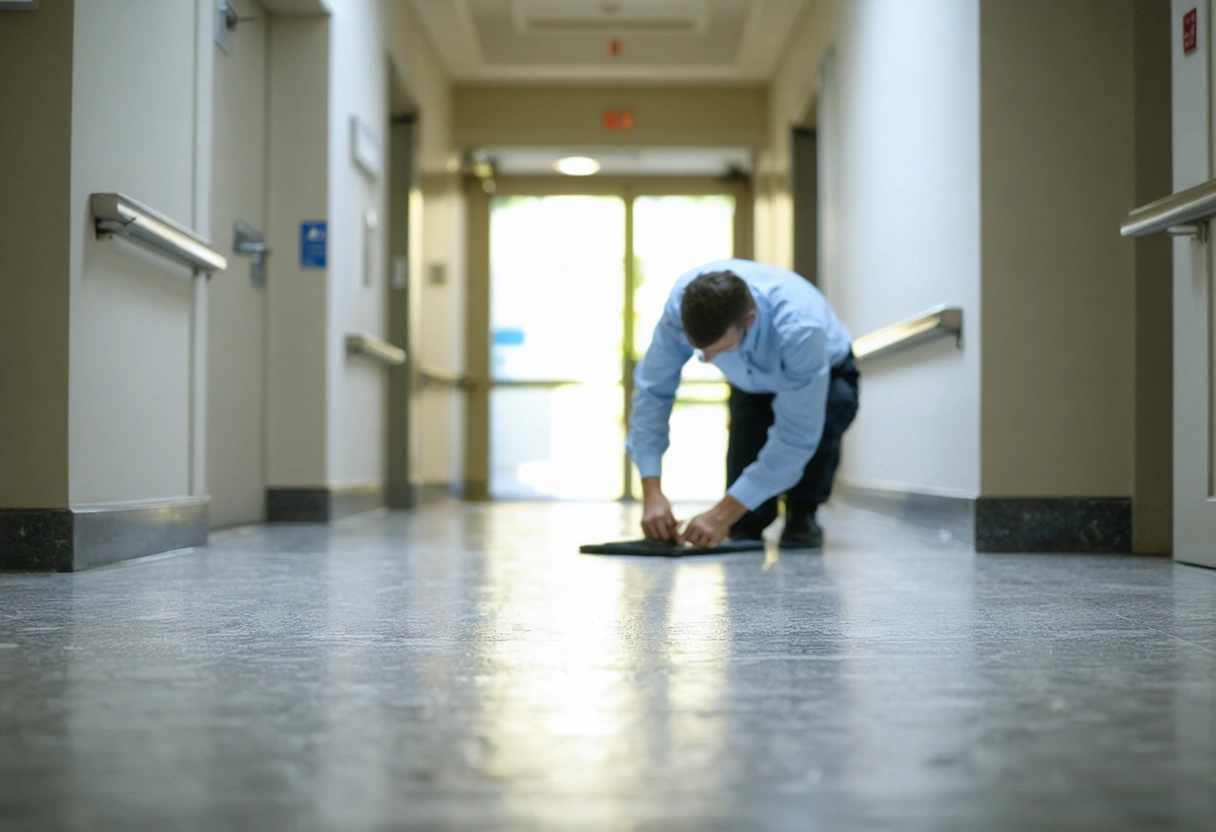
Supporting Sustainability and Environmental Responsibility
Maintaining and restoring existing flooring is an environmentally responsible choice. The production and transportation of new flooring materials involve considerable resource use, energy consumption, and waste generation. By extending the life of current floors, property owners can significantly reduce their environmental footprint.
Restoration processes often utilize eco-friendly products and techniques that minimize harmful emissions and resource depletion. For instance, many modern sealants, finishes, and cleaners are low in volatile organic compounds (VOCs), contributing to healthier indoor air quality. Additionally, refinishing wood floors rather than replacing them keeps valuable materials out of landfills.
Green building organizations, such as the U.S. Green Building Council, emphasize the advantages of choosing restoration over replacement as part of sustainable property management. This approach aligns with broader environmental goals while delivering cost savings and value preservation.
Financial Advantages and Return on Investment
One of the most compelling reasons to prioritize floor restoration is its positive impact on the financial bottom line. While there is an upfront cost associated with restoration, it is far lower than the expense of full floor replacement. Moreover, well-maintained floors can command higher rental rates and sale prices, directly influencing property value.
In rental properties, for instance, tenants are often willing to pay a premium for units with high-quality, immaculate flooring. Conversely, neglected floors can lead to longer vacancies and reduced income. Similarly, in the context of property sales, buyers are more likely to submit strong offers on homes or commercial spaces where the flooring is in excellent condition.
A study by HGTV suggests that investing in the restoration of existing floors yields a high return on investment, often recouping the majority of the cost upon resale. This makes restoration not only a practical maintenance choice but also a strategic financial decision.
Cost Comparison: Restoration vs. Replacement
Restoring existing flooring is typically much less expensive than installing new materials. For example, refinishing hardwood floors usually costs a fraction of what it would take to replace them entirely. The same holds true for tile, stone, and polished concrete. Restoration maximizes the value of your original investment while minimizing ongoing expenses.
Additionally, restoration projects are often less disruptive, requiring less downtime and fewer logistical challenges. This is a significant advantage for businesses and households seeking to maintain normal operations during maintenance activities.
Choosing the Right Restoration Professionals
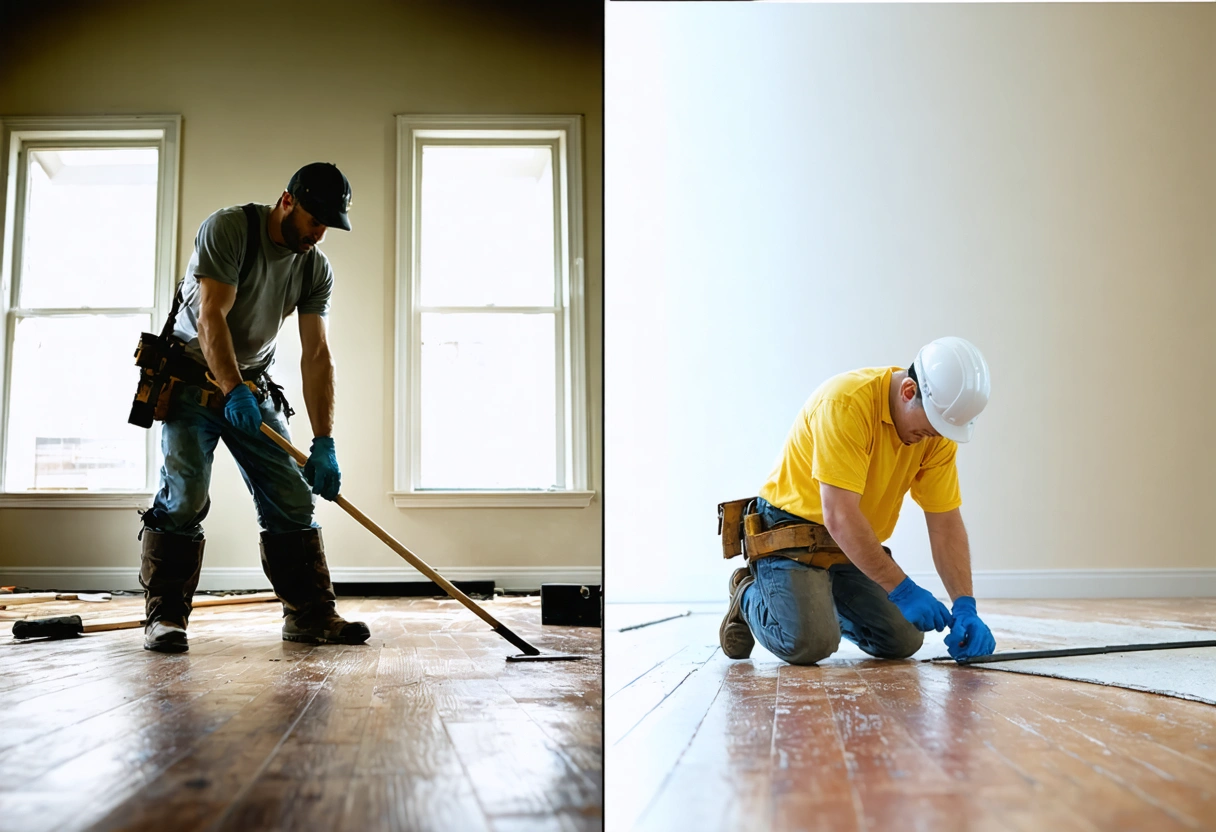
While some basic floor maintenance tasks can be handled by property owners, professional restoration is advisable for optimal results. Experienced technicians have the skills, equipment, and knowledge needed to address complex issues and deliver a flawless finish. They can also recommend the most suitable restoration methods and products for each flooring type.
When selecting a restoration provider, consider their credentials, reputation, and portfolio of completed projects. Ask about the products and techniques they use, and ensure they adhere to industry best practices. References and reviews from previous clients can offer valuable insights into the quality of their work.
For more information on how to evaluate service providers, visit the Better Business Bureau’s hiring guide for contractors.
DIY vs. Professional Floor Restoration
While do-it-yourself solutions may seem appealing for minor issues, improper restoration can inadvertently cause more harm than good. For example, using the wrong cleaning agents or sanding techniques can damage floors beyond repair. Professional services ensure that restoration is performed safely and effectively, preserving both the appearance and structural integrity of your property.
Ultimately, the decision between DIY and professional restoration depends on the scope and complexity of the project. For major restorations or high-value properties, it’s almost always best to rely on qualified experts.
Creating a Floor Maintenance and Restoration Schedule
Consistency is key when it comes to
floor restoration. Establishing a regular maintenance schedule ensures that floors receive the attention they need before issues arise. The frequency and type of restoration required will depend on several factors, including the flooring material, level of foot traffic, exposure to moisture or contaminants, and specific use cases of the space.
For example, commercial environments might benefit from quarterly inspections and annual professional restoration, while residential properties may only require deep restoration every few years, supplemented with routine care. Creating a maintenance log can help track completed tasks, upcoming needs, and any areas of concern. This proactive approach not only simplifies budgeting but also helps prevent unexpected repairs, protecting the property’s value over time.
Recommended Maintenance Intervals by Floor Type
- Hardwood: Sweep or vacuum weekly, clean with appropriate products monthly, and schedule professional refinishing every 5–10 years depending on wear.
- Tile and Stone: Mop weekly with pH-neutral cleaner, inspect grout lines regularly, and reseal annually or as recommended.
- Concrete: Dust mop daily in commercial settings, clean with mild detergent monthly, and reapply sealant every 2–3 years.
- Vinyl and Laminate: Vacuum or sweep weekly, mop with manufacturer-approved cleaner monthly, and replace damaged planks or tiles as needed.
Consulting manufacturer guidelines and professional restorers can provide additional clarity on the ideal schedule for your specific flooring. For a more comprehensive overview, check out this detailed guide on floor maintenance by Family Handyman.
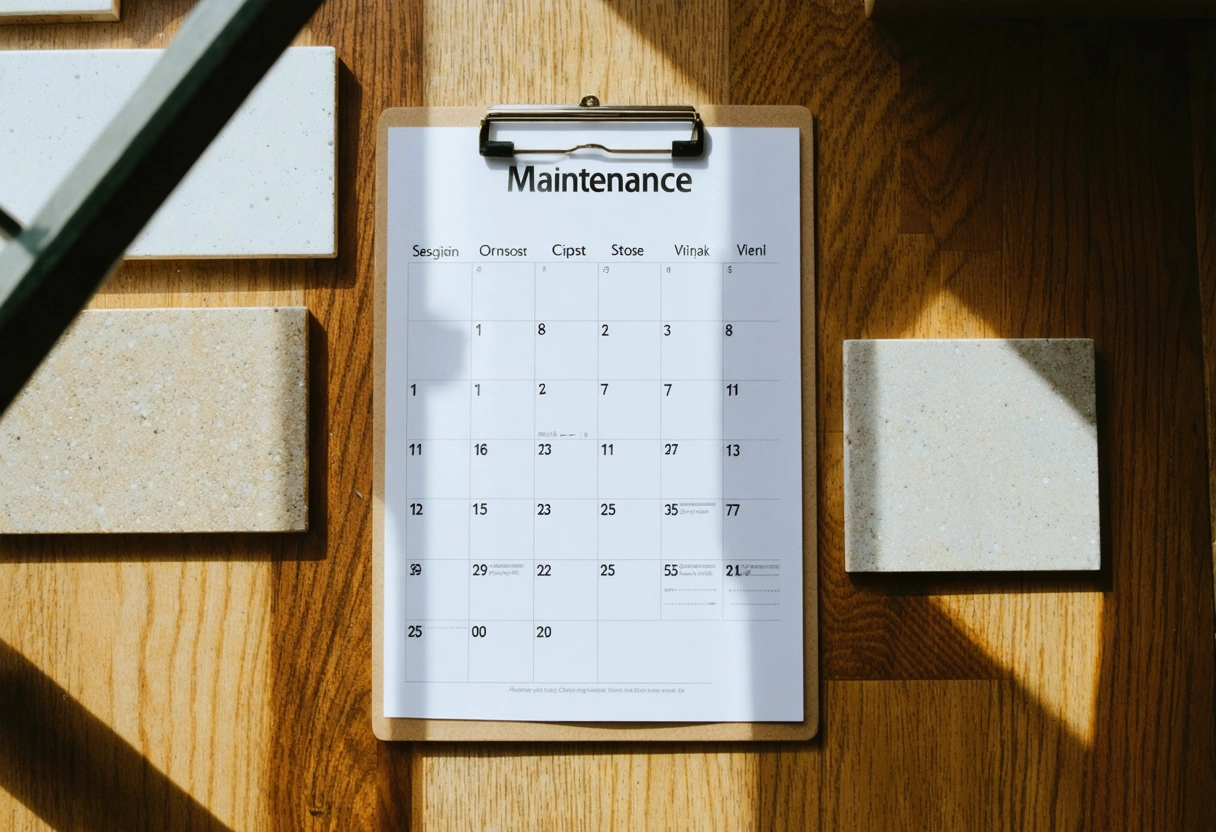
Addressing Unique Challenges in Floor Restoration
Different environments and flooring types present unique restoration challenges. High-traffic commercial spaces, historical homes, and properties exposed to extreme climates all demand special considerations. For instance, restoring antique hardwood floors often requires specialized techniques to preserve character and authenticity, while modern synthetic materials may call for specific cleaning agents or repair methods.
In humid climates, floors are more susceptible to moisture damage and mold, necessitating regular inspections and prompt repairs. Conversely, properties in dry regions may experience increased cracking or gapping, especially in wood and laminate flooring. Tailoring your restoration approach to address these unique circumstances is essential for maintaining both beauty and value.
Dealing with Stains, Scratches, and Other Common Issues
Stains, scratches, and dents are among the most common problems faced by property owners. Hardwood floors can be susceptible to pet stains or furniture marks, while tile and grout can become discolored over time. Addressing these issues promptly through restoration helps prevent further damage and keeps floors looking their best.
For stubborn stains, professional-grade cleaning solutions and techniques can often achieve results that store-bought products cannot. Similarly, deep scratches may require sanding and refinishing, while chipped tiles can be replaced and regrouted for a seamless appearance. Regularly inspecting floors for these types of damage allows for early intervention and cost-effective solutions.
The Psychological and Wellness Benefits of Restored Floors
Beyond the physical and financial rewards, well-maintained floors can have a profound impact on the psychological well-being of occupants. Clean, polished floors contribute to a sense of order, comfort, and pride in one’s environment. In homes, this can lead to increased satisfaction and relaxation, while in workplaces, it can boost morale and productivity.
Additionally, properly restored floors contribute to a healthier indoor environment by reducing dust, allergens, and mold growth. This is especially important for individuals with allergies or respiratory conditions. Smooth, sealed surfaces are also easier to clean and sanitize, supporting overall wellness and hygiene.
Many studies, including findings from the National Institutes of Health, highlight the relationship between clean, well-maintained surroundings and improved mental and physical health. Thus, regular floor restoration supports not just property value, but the quality of life for all who use the space.

Future-Proofing Your Investment with Technological Advances
The flooring industry continues to evolve with advances in materials, restoration techniques, and maintenance technologies. Innovations such as dustless sanding systems, UV-cured finishes, and environmentally friendly coatings have made floor restoration safer, more efficient, and more sustainable than ever before. Staying informed about these advancements allows property owners to make smarter decisions that protect their investment well into the future.
For instance, modern restoration equipment can dramatically reduce downtime and disruption, making it feasible to restore floors even in busy commercial environments. High-performance finishes offer enhanced durability, reducing the frequency of future restorations. By embracing these technologies, property owners can maximize longevity and minimize costs.
Learning about the latest in innovations in flooring can help you plan upgrades and restorations that align with current trends and best practices. This ensures your property remains appealing and competitive in a rapidly changing market.
Making Floor Restoration a Priority for Property Value
Regular floor restoration is an essential aspect of property maintenance that offers far-reaching benefits. From enhancing aesthetic appeal and protecting structural integrity to improving safety, supporting sustainability, and boosting financial returns, the advantages of consistent floor care are undeniable. Whether you own a single-family home, a multi-unit rental, or a bustling commercial property, prioritizing floor restoration can help you preserve and even increase your investment’s value.
By creating a customized restoration schedule, addressing unique flooring challenges, and staying informed about industry advancements, you can ensure that your floors remain a strong asset for years to come. Enlisting the help of experienced professionals, using quality materials, and committing to proactive maintenance will keep your property in prime condition, making it more attractive to buyers, tenants, and visitors alike.
Ultimately, regular floor restoration is not just a matter of appearance; it’s a comprehensive strategy for safeguarding your property, optimizing its performance, and maximizing its value in any market. Make floor restoration a core part of your property management plan, and enjoy the lasting rewards it brings.
Need help with The Benefits of Regular Floor Restoration for Maintaining Property Value?
